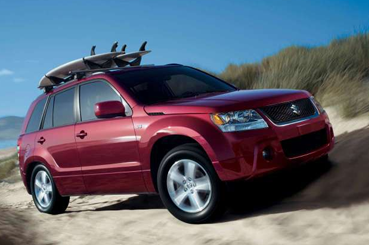There are so many things to remember when learning to drive it can be quite daunting. This quick guide to road markings you may see painted on the roads is designed to help those thinking about learning to drive and to refresh the memory of those who have already passed their test.
A thinner, continuous white line across a road indicates a stop line at signals such as traffic lights or police control and looks like this:

A thicker white line across the road will be accompanied by a stop sign [link to road sign article] telling vehicles that they must come to a halt:

At a level crossing, you will see thinner white lines broken into segments that are close together, this is signalling pedestrians to stop:

A double row of thicker short lines can be seen on a major road indicating that you need to give way they can also be used at mini-roundabouts’:

At a ‘standard’ roundabout you will see a thinner row of broken white lines telling you that you must give way to traffic from the right:

At a mini-roundabout you will also need to give way to traffic from the right. This will be noted by a thicker broken white line and looks like this:

Lines running alongside or parallel to the road you are travelling on have different meanings.

| A thick solid white line at the side of the road is used to indicate its edge | A centre line is broken into mid-sized pieces and marks the middle of the road | When you see this type of line it indicates that there is a hazard ahead |
You should not cross the broken white line in both cases unless you can see that the road ahead is clear and you wish to overtake the vehicle in front or you wish to turn off the road you are on.
When the double white lines nearest to you are broken you may cross them to overtake when it is safe and providing you can to do so before reaching a solid white line appearing on your side of the road when these lines are about to change you will quite often see a direction arrow telling you that you need to get back to your side of the road.

When the line nearest to you is sold you must not cross it unless you are turning onto a side road or other location and it is safe to do so. If necessary you may cross when the road is clear to pass stationary vehicles, bicycles, horses or road maintenance vehicles if they are travelling at 10 mph or less.
A lane line or divider is a short broken white line along the road indicating the lanes on the road. You should always drive between them.
A lane line or divider is a short broken white line along the road indicating the lanes on the road. You should always drive between them.

Chevrons painted on the road have white diagonal stripes and they are used to separate traffic lanes or to protect traffic turning right. If the area has a broken white line border then you should not enter the area unless it is safe and necessary to do so. If the area around the diagonal lines has a solid white line then you are not permitted to enter it unless it is an emergency.
We recommend that you always keep up to date with new rules and regulations on the road. The official documentation on road markings can be found on the government website.




